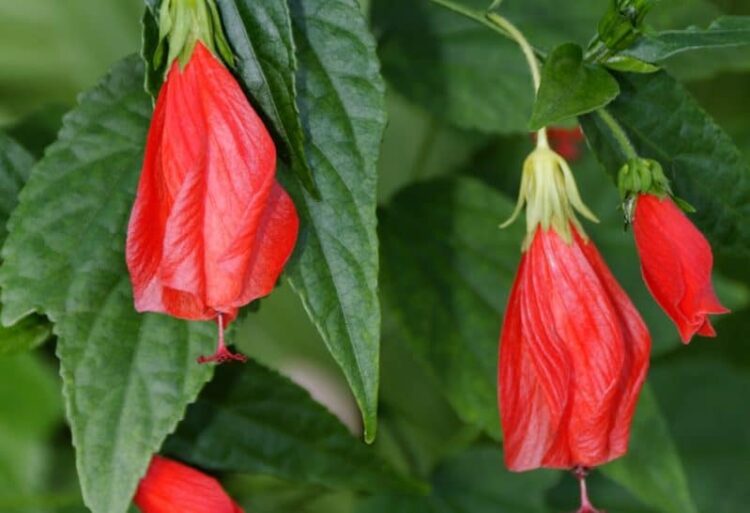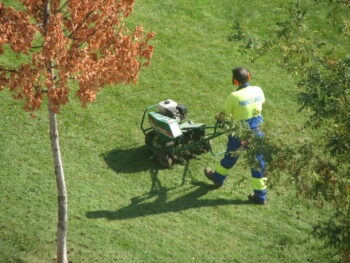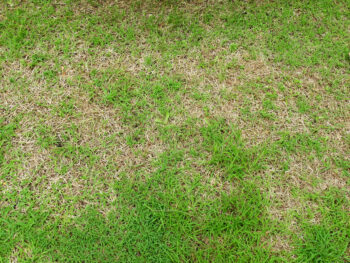Of course, most plants need adequate water to survive. However, over watering can be detrimental. There are limitations and guidelines to follow when watering your plants.
Consider the weather, type of plant, time of the year, and type of soil. For you to prevent the plants from getting wilted, especially during summer days, supply them with plenty of water.
However, you might wonder how much water or how often they need to be watered. Here, you will learn valuable facts for watering plants in the sun.
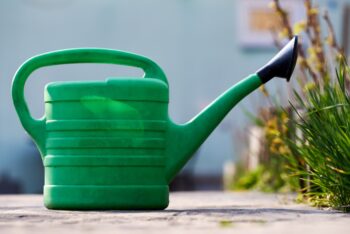
Water Early in the Morning
The best time to water plants in sunny areas is early in the morning, ideally before 10 AM. This gives the plants time to absorb the water before the heat of the day sets in.
Morning watering also allows any water on the leaves to dry, reducing the risk of fungal diseases.
Water Deeply and Infrequently
Instead of light, frequent watering, opt for deep, infrequent watering. This encourages roots to grow deeper into the soil, making plants more resilient to drought and heat. Water until the soil is moist to a depth of 6-8 inches for most plants.
Focus on the Root Zone
Direct water at the base of the plant rather than spraying the leaves. This ensures that water reaches the roots where it’s needed most. Use a watering can, soaker hose, or drip irrigation system for precise watering.
Mulch to Retain Moisture
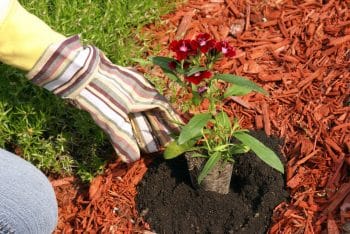
Apply a 2-3 inch layer of organic mulch around your plants. This helps retain moisture, keeps roots cool, and reduces water evaporation from the soil surface.
Read about Easy Gardening Mulching.
Monitor Soil Moisture
Check the soil moisture regularly, especially during hot periods. Stick your finger about 2 inches into the soil – if it feels dry at this depth, it’s time to water.
Macunovich (n.d.) Soil type often determines water needs. Some soils drain quickly and some drain slowly. For example, a sandy soil’s pore spaces are often too large to keep water not immediately claimed by roots from simply slipping away to an area below the root zone, so plants in sandy soils may need to be watered more often.
Avoid Overwatering
While it’s important to keep plants hydrated in the sun, overwatering can be just as harmful as underwatering. Ensure proper drainage and allow the soil to dry slightly between waterings.
Brightview (n.d.) When plants have too little water, leaves turn brown and wilt. This also occurs when plants have too much water. The biggest difference between the two is that too little water will result in your plant’s leaves feeling dry and crispy to the touch while too much water results in soft and limp leaves.
Use the Right Tools
Consider using a moisture meter or installing a smart irrigation system to help you water more efficiently. These tools can help you avoid both over and under-watering.
Keep your plants and flowers looking great with our Flower Bed Clean-Up service.
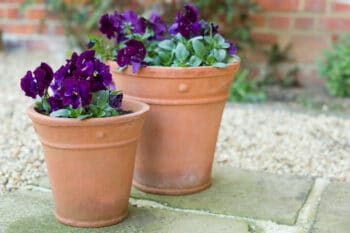
Adjust for Container Plants
Plants in containers dry out faster than those in the ground. They may need more frequent watering, sometimes even twice a day in very hot weather.
Be Mindful of Plant Types
Different plants have different water needs. Succulents and cacti require less water than leafy plants or flowering annuals. Research the specific needs of your plants.
Watch for Signs of Water Stress
Learn to recognize signs of both under and overwatering. Wilting, yellowing leaves, and dry soil are signs of underwatering, while soggy soil and yellowing leaves can indicate overwatering.
Collect Rainwater
If possible, collect and use rainwater for your plants. It’s free of chemicals often found in tap water and is at the perfect temperature for plants.
Gradually Acclimate New Plants
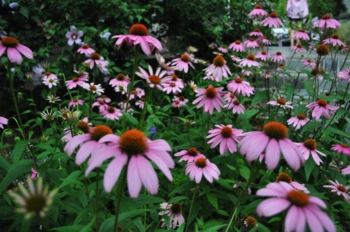
When introducing new plants to sunny spots, gradually acclimate them to increased sun exposure and adjust watering accordingly.
Interested in planting new plants in your garden beds? Check out our Landscape Installation service page and find out how we can help.
Read one of our other articles titled, “Full-Sun Annuals that Bloom All Summer” to get ideas on what to plant.
Wrapping Up
By following these guidelines, you can ensure that your sun-loving plants receive the right amount of water to thrive, even in the hottest conditions. Remember, consistent care and observation are key to maintaining healthy plants in sunny locations. As you become more familiar with your plants and their environment, you’ll develop a keen sense of their watering needs, leading to a vibrant and thriving garden.
References:
Macunovich, J. (n.d.). Learn to water well. Fine Gardening. https://www.finegardening.com/project-guides/gardening-basics/learn-to-water-well
Brightview. (n.d.). 4 Common signs to identify overwatered plants. https://www.brightview.com/resources/article/four-signs-you-are-overwatering-your-plants

